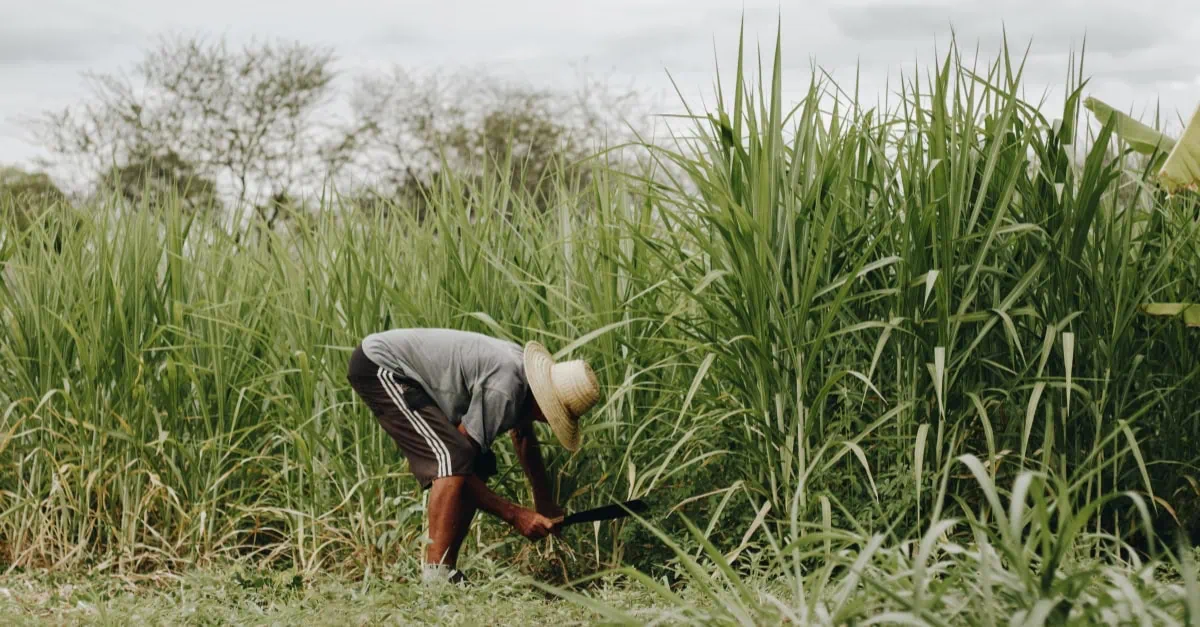Brazil’s Center-South region, the world’s largest sugar-producing area, has trimmed production estimates for the 2025/26 season due to lower agricultural yields and declining sugar content in sugarcane.
Market forecasts now point to Center-South sugar output of 40.9-41 million tonnes, down from earlier projections. This revision reflects persistent weather-related damage to cane quality that has impacted the region throughout the current harvest.
Agricultural challenges drive output cuts
The production cuts stem from two key factors affecting Brazil’s sugar industry.
Cane productivity in the Center-South averaged 79.8 tonnes per hectare between April and July, marking a 10% year-on-year decline. Combined with a 5% drop in ATR (sugar content), this reduced sugar yield per hectare by approximately 15%.
The impact has been widespread across the region, with some areas in Minas Gerais and Ribeirão Preto experiencing losses exceeding 20%.
Sugar mix remains elevated despite challenges
Despite lower yields, Brazilian mills have maintained high sugar allocation rates. The sugar mix rose to 54.1% in the second half of July, up from 50.3% in the same period last year.
This strategy has helped offset some production losses, but cumulative sugar output from April to July still fell 7.8% to 19.3 million tonnes compared to the previous year.
Export performance shows mixed signals
Brazil’s sugar exports reached 3.58 million tonnes in July, up from 3.36 million tonnes in June. Key destinations included China (455,000 tonnes), India (305,000 tonnes), Algeria (232,000 tonnes), and Malaysia (230,000 tonnes).
However, early August data suggests some momentum loss. During the first 11 working days of August, exports totaled 1.88 million tonnes, 4% below the same period last year.
Market implications for global supply
The production downgrades have lifted sugar prices over the past week, with global markets reacting to tighter supply expectations from the world’s largest sugar producer.
The reduced Brazilian output forecast of 40.9-41 million tonnes lowers the expected global surplus, providing modest price support in international markets.
Weather remains key factor
Dry August weather has kept harvesting and exports on track in Brazil’s Center-South region. However, sustained weather-driven deterioration in sugar content or yields could drive further production cuts and strengthen price support.
The combination of lower agricultural yields and reduced sugar content reflects ongoing challenges from weather patterns that have persisted throughout the current harvest season.
Brazil’s sugar production adjustments highlight the sector’s vulnerability to agricultural conditions and underscore the importance of weather monitoring for global sugar supply forecasts.
This article is part of our weekly market analysis, to view here: https://app.vespertool.com/market-analysis/2203
